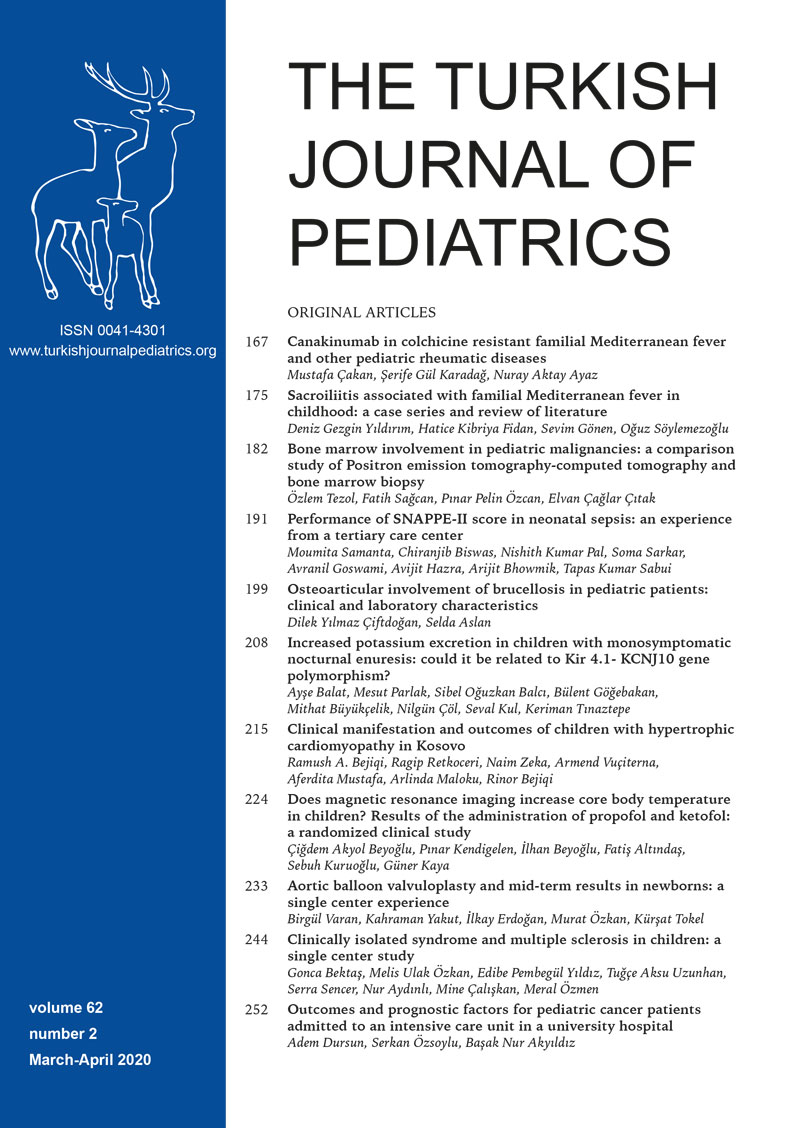Abstract
Background and Objectives. Iron-induced cardiomyopathy remains the leading cause of mortality in β-thalassemia major patients. The T2* magnetic resonance imaging (MRI) technique is the gold standard for iron load detection, yet it is expensive and not widely available especially in the developing countries. Some previous studies showed that QTc interval could be used as an early detection of cardiac iron overload. This study aimed to evaluate the diagnostic value of QTc interval as a marker of early detection of cardiac iron overload in adolescent beta thalassemia major patients.
Methods. We prospectively evaluated electrocardiography (ECG) parameter of QTc interval in 50 β-thalassemia major patients aged 10-18 years. All participants had a 12-lead ECG evaluation, echocardiogram and cardiac MRI T2* examination within three months (average 15 days). They were categorized as cardiac iron overload (MRI T2* < 20 millisecond) and non-cardiac iron overload (MRI T2* > 20 millisecond).
Results. Of the 50 patients, the male to female ratio was 1.08:1 and the mean age was 13.7 ± 2.43 years. All participants showed normal systolic and diastolic function using conventional echocardiography. The mean QTc interval was significantly different between cardiac iron overload group (464.44 ± 20.35 ms) and noncardiac iron overload group (431.09 ± 32.29) (p= 0.001). Diagnostic study of QTc interval resulted in AUC 0.8 (p= 0.002). Calculated sensitivity and specificity of QTc interval were 0.88 and 0.73 respectively, with cut-off point of 449 ms.
Conclusion. Cardiac iron overload is associated with QTc prolongation in adolescents. QTc interval of 449 ms could be considered as a cut-off point of cardiac iron overload.
Keywords: QTc interval, adolescent, cardiac MRI T2*, β- thalassemia major
Copyright and license
Copyright © 2020 The Author(s). This is an open access article distributed under the Creative Commons Attribution License (CC BY), which permits unrestricted use, distribution, and reproduction in any medium or format, provided the original work is properly cited.














